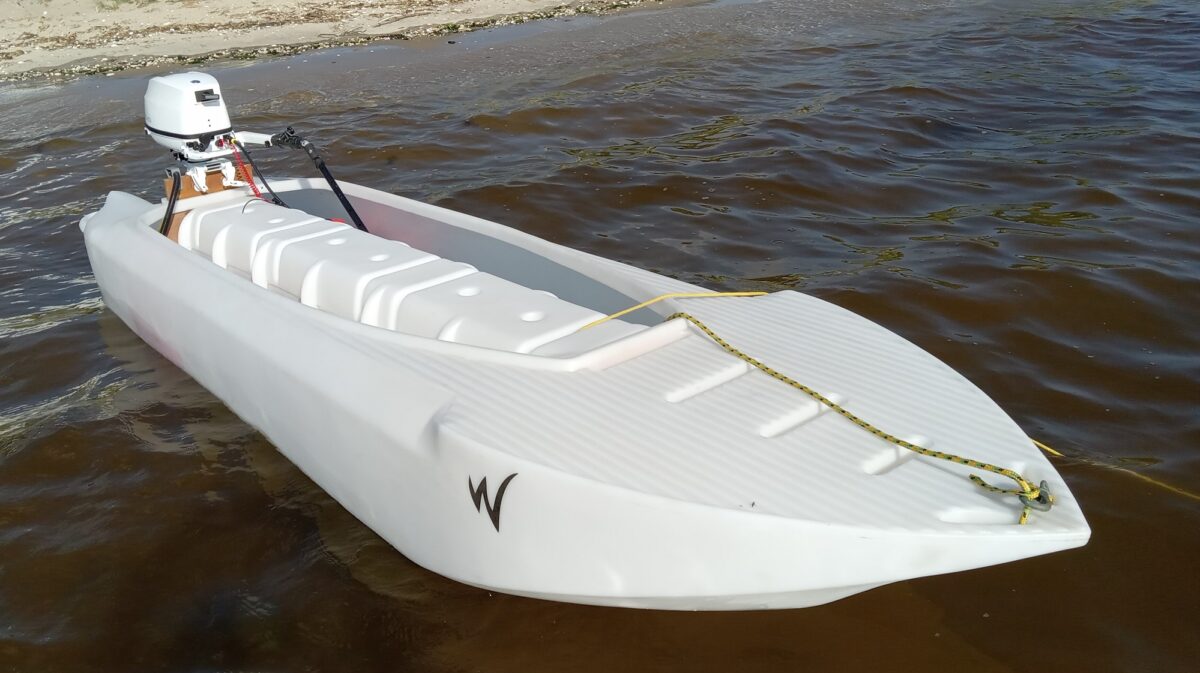We see a lot in common between small boats and beach cats, canoes, kayaks and other personal water crafts and toys including jet skis, surf boards and sailing boards. It is not just their small size, but also the fact that their passengers’ physical attributes (E.G. size, athletic skills, disabilities, etc.) and behavior determine their performance.
We call this field of design ‘Micronautics’, which is part Naval Design but has much to do with Ergonomics, Bio Mechanics, and to some extent even with Behavioral Sciences.
To understand the difficulty that micronautical designers fac,e it’s enough to realize that while a supertanker can cross the Pacific Ocean on autopilot, there is no computerized system that can successfully control a kayak in the surf.
Traditional catamarans of all sizes are wider, stabler and faster than mono-hull boats of comparable size. The W invention and concept is applicable to small, personal boats of various types and uses, and it offers to increase their stability without decreasing their speed or increasing their width.
In essence, the W invention offers increased stability by width, without paying a price in speed terms.
The W invention also offers to eliminate back pain, leg pain, leg numbness and all other unwanted sensations and injuries related to the L position that’s typical to all kayaks belonging to the sit-in, sit-on-top, and hybrid (hybrid canoe-kayak) types.
There are far more possibilities offered by the W boat concept than shown in this website. Some of these possibilities are presented on the W fishing kayaks website
The W technology is proprietary, and protected by U.S. utility patent number 6,871,608 ‘Twin Hull Personal Watercraft’, which the US Patent and Trademark Office website makes available online.
